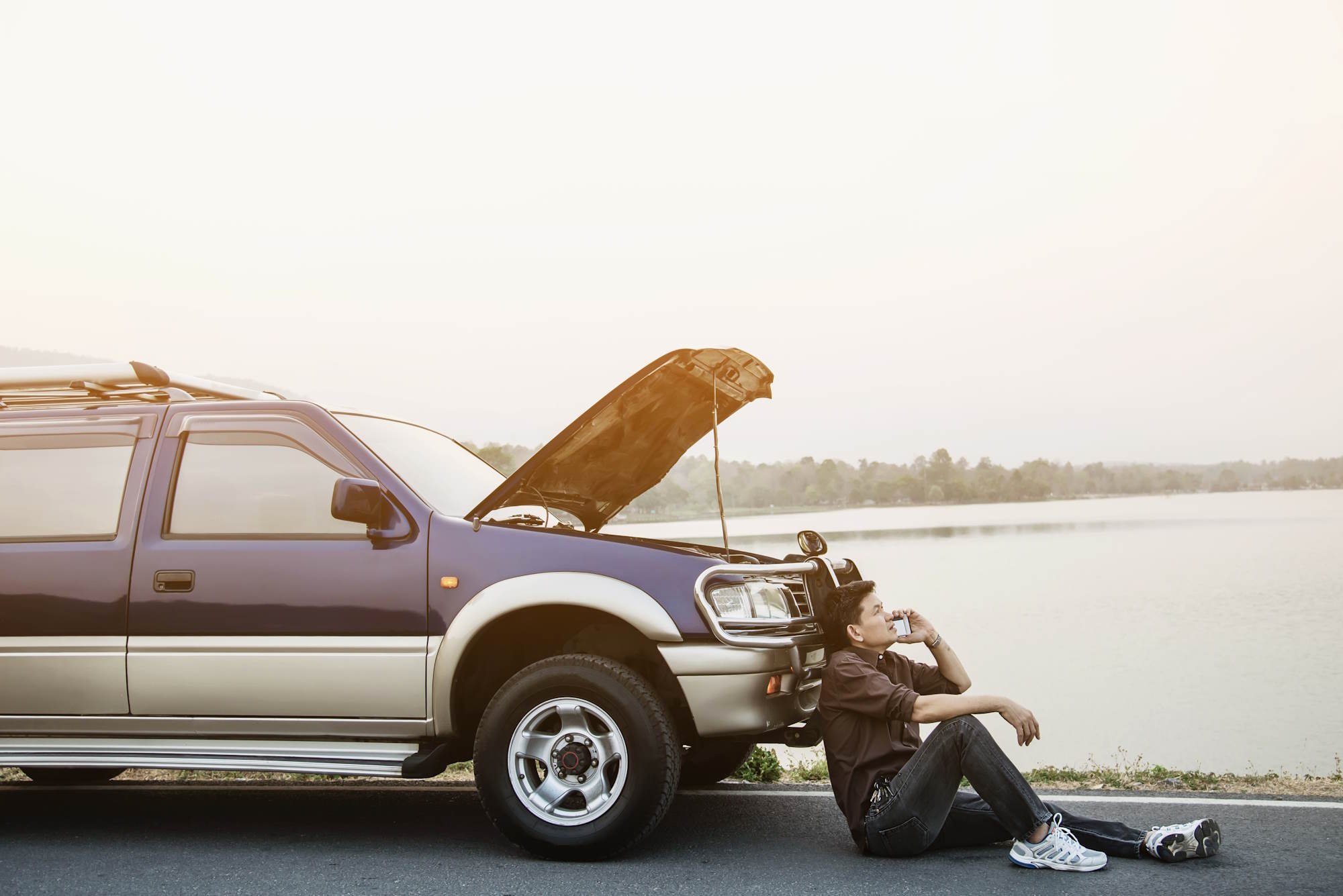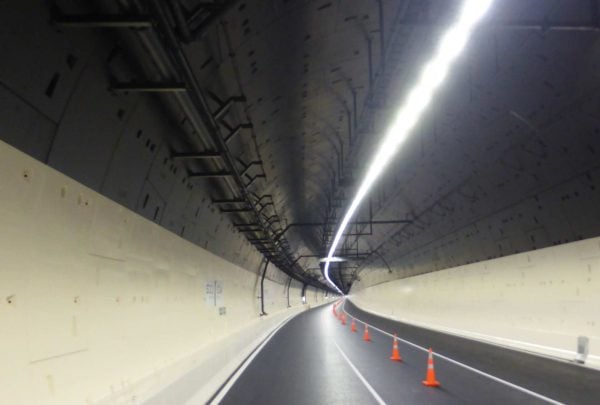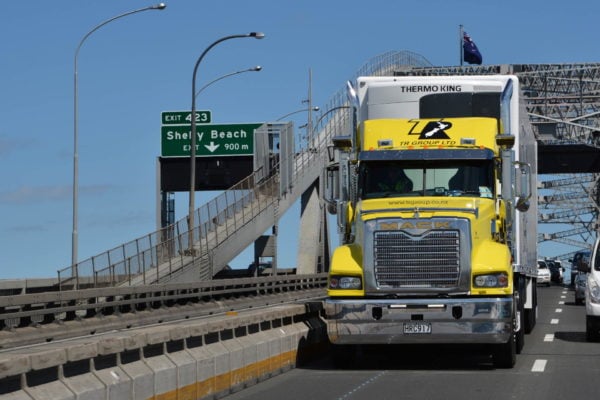If your vehicle breaks down, the things to consider are:
- is it causing a danger to other road users?
- are you in danger from either other vehicles or because of the location in general?
- is there an imminent danger to the vehicle (e.g. it’s parked on a verge that might give way)
In all cases, if your vehicle is causing a danger to other road users, advise the police on *555. If you have a breakdown service, call them. If you are leasing a vehicle, e.g. from TR Group, call their maintenance line.
You’ve broken down on a rural road
If your vehicle starts spluttering because you are running out of fuel, weave a bit from side to side to try to get the last bit of fuel in. Coast as far as you can to the safest place possible, but be aware that if your engine dies, you may lose power steering and brakes.
Due to the higher speeds on rural roads, try to coast to a safe place where you can pull over. Bear in mind that grass verges can give way under heavy vehicles, causing the vehicle to roll over, and if the weather is dry, grass verges can catch fire from the heat of a turbocharger
If you are pulling onto grass, longer grass can hide large boulders, dips, dropoffs and holes.
Once you have stopped, put your hazard warning lights on if you are not fully off the road, not before you stop because they will obscure your indicators.
Don’t flatten your battery trying to restart your vehicle. If it doesn’t start immediately, wait for it to cool down.
If it’s dark, keep your sidelights on if visibility is low due to fog or heavy rain.
If you have a warning triangle, place this 200m behind your breakdown.
If you are standing with your vehicle at night or in low visibility, wear a high-vis vest if you have one, or wear the lightest coloured clothing to have.

If you don’t know where you are, try using Google Maps to see where the nearest intersection is and estimate how many kilometres you are from it.
If you are a member of a breakdown service, call them.
Consider the weather: if your breakdown is because you are stuck due to snow, staying with your vehicle is often best so that you don’t risk hypothermia (a car is much easier to find than a pedestrian).
You’ve broken down on a motorway
Do everything you can to get to the hard shoulder on the left; sometimes there is space on the right, but this makes for a more difficult situation, especially if emergency breakdown services can’t get your vehicle moving. If you have to stop in the lane, this will be especially disruptive and puts you in danger of being rammed from behind.
Turn your wheels away from the carriageway; if you are rammed from behind, it will send your vehicle further away from moving vehicles.
Put your hazard warning lights on. Take care getting out of your vehicle if there’s a live lane next to you; you might want to get out of the other side of the vehicle.
Open your boot and bonnet (if your vehicle has them). If you don’t have cellphone reception, walk to the nearest emergency phone (the operator will know exactly where you are). You might also be visible on motorway monitoring cameras, in which case help may already have been dispatched. If you do have cellphone reception, cal *555, or call 111 if your life is at risk.
Don’t place a warning triangle on the hard shoulder as it impedes emergency services.
Don’t let animals out of the vehicle that aren’t under control and on a leash in case they get spooked by the traffic and cause additional issues.
Avoid trying to repair the vehicle yourself if it will put you in danger. Wait away from the vehicle just in case someone hits it. If the weather is bad, wait in the vehicle in the front passenger seat, if possible.
You’ve broken down on an urban road
If you break down in a clearway then you are likely to get towed to a yard if you are not with it, plus you’ll get a fine. You can apply to have this waived, but you will need to supply receipts from the mechanic. If you can’t push it off the road, you may be better to get it towed to a mechanic just to expedite it.
If you’ve broken down in an area you don’t feel safe, call for help and stay in the vehicle with the doors locked.
Turn your wheels towards the kerb in case you are hit from behind.
You’ve broken down in a tunnel

If you’ve broken down because you’ve hit floodwaters, don’t drive any further. Turn off your engine, leave the key in it, close the doors and walk to higher ground so you’re not caught out by rising flood waters.
If your vehicle catches fire, try to make it to the tunnel exit, but don’t endanger yourself. Stop on the side of the road, put your hazard warning lights on and exit the vehicle. Don’t open the bonnet as this provides oxygen to the fire. If you have a fire extinguisher, you can open the bonnet a crack and spray it into the engine bay.
If the fire is extinguished, stay with the car; if not, don’t try to get your personal belongings as you risk being caught in the fire.
Don’t wait right in front of the vehicle; rubberneckers may cause accidents around the vehicle and you don’t want to be in the way.
You’ve broken down on the Harbour Bridge
The same applies as per breaking down on a motorway, except it is best to stay in your vehicle with your hazard warning lights on. At almost all times of the day, traffic will immediately back up, and the team monitoring the bridge will see this and send someone to help.


